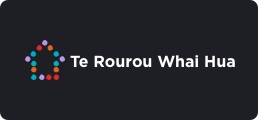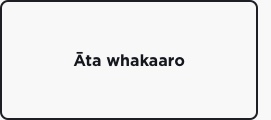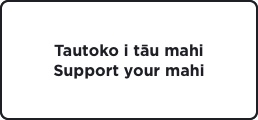3. Strengthen your understanding (Āta whakaaro)

|
During āta whakaaro, teams use information gathered through kohikohi to determine where to concentrate their energies to strengthen the experiences and outcomes of ākonga. Through shared understanding teams can decide what might have significant impact. Sense making looks for the connections between all the information, incorporating the varied perspectives. In doing this the learning support team can better understand the contexts in which ākonga live and learn, how they interact within their environment, and how these interactions impact on their strengths and needs. This is essential for prioritising goals and planning for action. |
| You do not have to have highly specialised skills to analyse your qualitative data but you do have to adopt a reflective, cautious, open-minded, inquiring mindset. - Anthony Shaddock |
|
The Education Hub has some tips about using data and evidence in schools. |
|
As you work together in teams during āta whakaaro you will be:
The models that were included in kohikohi can also help you make connections between the information you have gathered and identify emerging patterns or trends. |
Models and frameworks for making connections |
||
|
Click on the images to see in full |
Click on image to see SETT framework questions |
|
|
As teams share information and talk about the connection across the different elements of the information these two models can help guide conversations. SETT is an acronym for Student, Environment, Task and Tools. The SETT framework is used a lot in the area of assistive technology. However it is relevant to any situation as teams gather information and then use the framework to pull all the information together and start to make sense of it. Read more about SETT here. |
||
Te Huia - protecting the wellbeing of tamaiti(S and A Macfarlane 2011) These domains provide teams with a holistic framework to use as they pull information together to make sense of it. Conversations can focus on how the elements kohikohi have strong links and connections across the domains and draw conclusions on priority focus areas. Download the Te Huia PDF that provides more detail for each domain. Te Huia is based on the four domains of wellbeing in Te Pikinga ki Runga. Te Pikinga ki Runga is a framework to help make meaning and respond to a situation, specifically intended to guide educators in their interactions. |
|
Click on the images to see in full |
Te Whare Tapa WhāTe Whare Tapa Whā (Durie, 1994) is represented by the four walls of a wharenui, or meeting house, where each wall symbolises the dimensions necessary to sustain hauora or health and wellbeing. Having gathered information about the wellbeing of ākonga in your learning communities, you can use these dimensions to look at the interrelationships and connections between all the information. |
Click on the images to see in full |
|
|
Kaiako in the Puketeraki Kāhui Ako share their experiences with gathering information and āta whakaaro as they plan for new learning and change in their setting. |
||
|
|
||
|
Looking at data is time consuming, but it can be fascinating. Different people will have different ideas, and conversations will be wide-ranging. Interpretation takes discipline and hard work, so the process to consider it needs to be carefully planned to give people time and support to think about and challenge their views – individually and collectively. - Earl, L. & Katz, S. |
||
|
Using data and information gathering effectively can be a challenge. When you and your teams come to the table there will be a variety of perspectives and interpretations to navigate. Having an open mind and being careful with the information to ensure it is treated with respect and is mana enhancing for all involved will be essential. The Education Hub has some good information about common mistakes and pitfalls that can create barriers to safe and effective āta whakaaro. On this video link on The Education Hub, Dr Aaron Wilson talks about the checking the accuracy of your data interpretations. |
||
| To access resources and tools to 'support your mahi' in āta whakaaro click on the tab below. | ||



